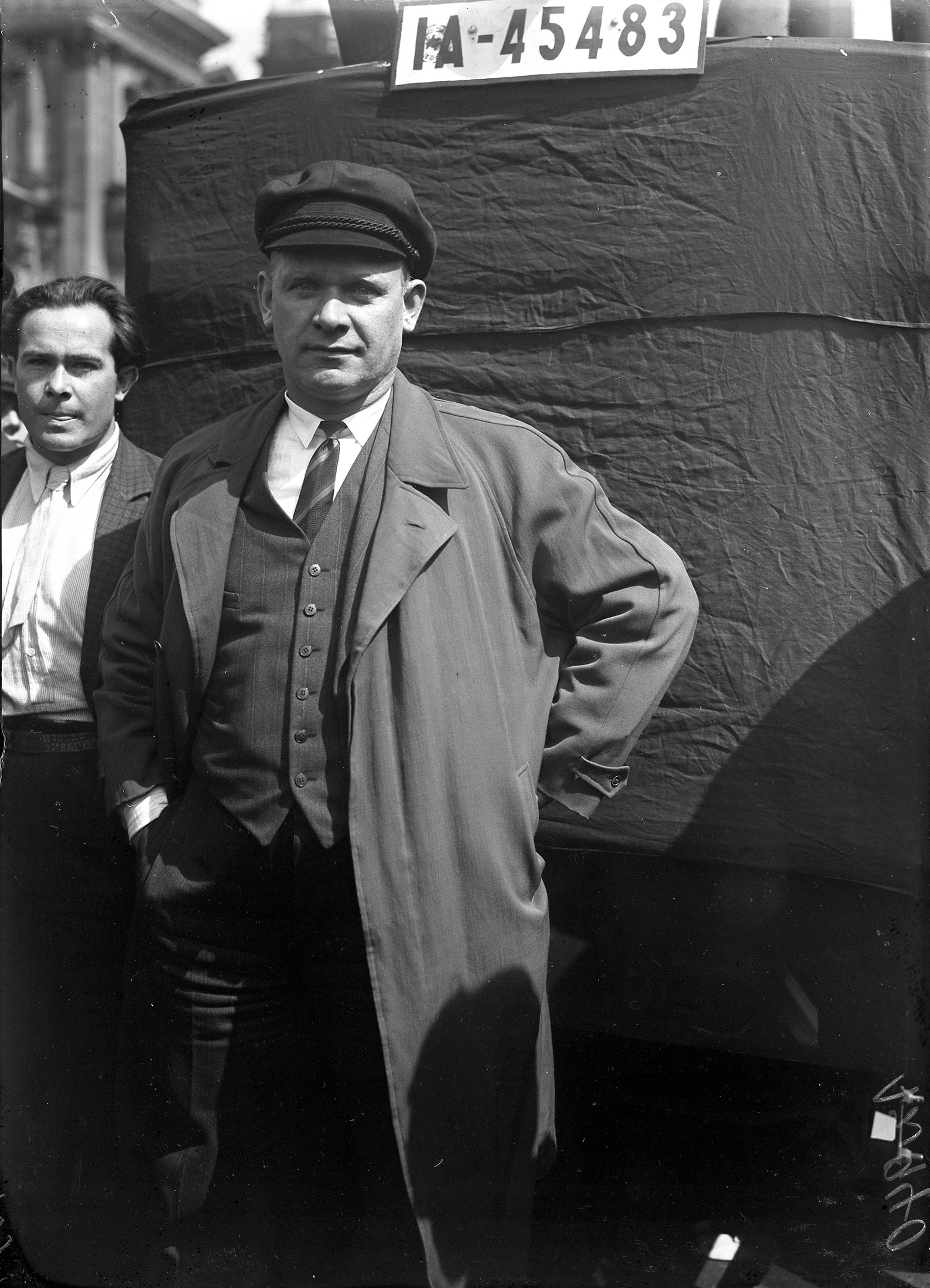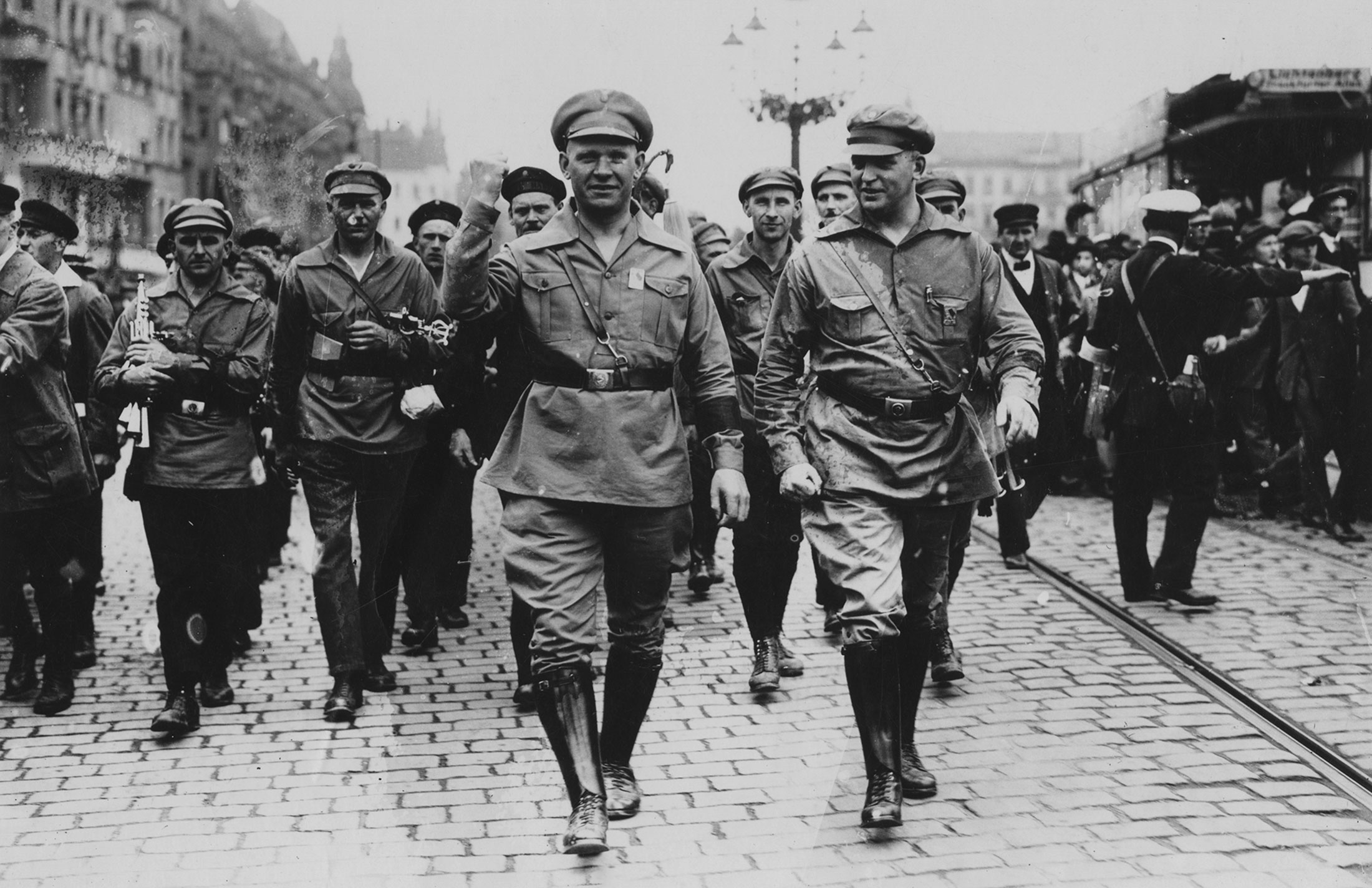Historical Critical Commentary on the Ernst Thälmann Monument
Ernst Thälmann
Ernst Thälmann was born in Hamburg on 16 April 1886. He grew up in modest circumstances. As a child he had to work in his parents‘ coal shop and greengrocery. He left home at the age of 16. The great dock workers‘ strike of 1896-1897 was an eye-opener for him.

Bundesarchiv. Image 102-12940, Photographer: Georg Pahl
From 1903 onwards, Thälmann was politically active in the Social Democratic Party of Germany (SPD), and from 1918 in the Independent Social Democratic Party of Germany (USPD). As an opponent of war, he deserted from military service in 1918. In 1920 he joined the Communist Party of Germany (KPD) and quickly rose through the ranks. In 1925, the KPD elected him chairman and the Communist International (Comintern) appointed him to its Executive Committee. In the embezzlement affair involving John Wittorf in 1928, Thälmann was forced to give up party office. t was only under pressure from Stalin that he was confirmed as party leader.
Thälmann shaped the “Stalinisation“ process of the KPD, which began in the mid-1920s, and thus the purges within the party. In Thälmann, Stalin found someone with whom he could control the KPD and tie it more closely to the policies of the Soviet Union. Thälmann adopted the social fascism thesis from the Soviet Union and intensified the KPD‘s struggle against social democracy. This contributed significantly to the destabilisation of the Weimar Republic in its final phase.

Thälmann‘s right hand raised in a fist was considered the traditional greeting of the RFB. The RFB was a paramilitary association of the KPD in the Weimar Republic, under Thälmann‘s leadership.
Deutsches Historisches Museum
As a result of the economic crisis in 1929 and social destitution, there were riots. The KPD under Thälmann used them to fight against parliamentary democracy. Since the SPD defended democracy, it became the main enemy for the KPD. This contributed to the division of the workers‘ movement and thus to the weakening of the struggle against National Socialism. In the view of many historians, this created the conditions that enabled Hitler and the National Socialists to come to power.
Ernst Thälmann had been a member of the Reichstag since 1924. As a well-known politician, he was arrested by the Berlin police on 3 March 1933. He was imprisoned in Berlin-Moabit, Hanover and Bautzen until his murder on 17 August 1944 in so-called “protective custody” at Buchenwald concentration camp. During his eleven years in prison, he was not brought before any court. Efforts to secure his release or an exchange failed. Stalin himself did not campaign for his release.